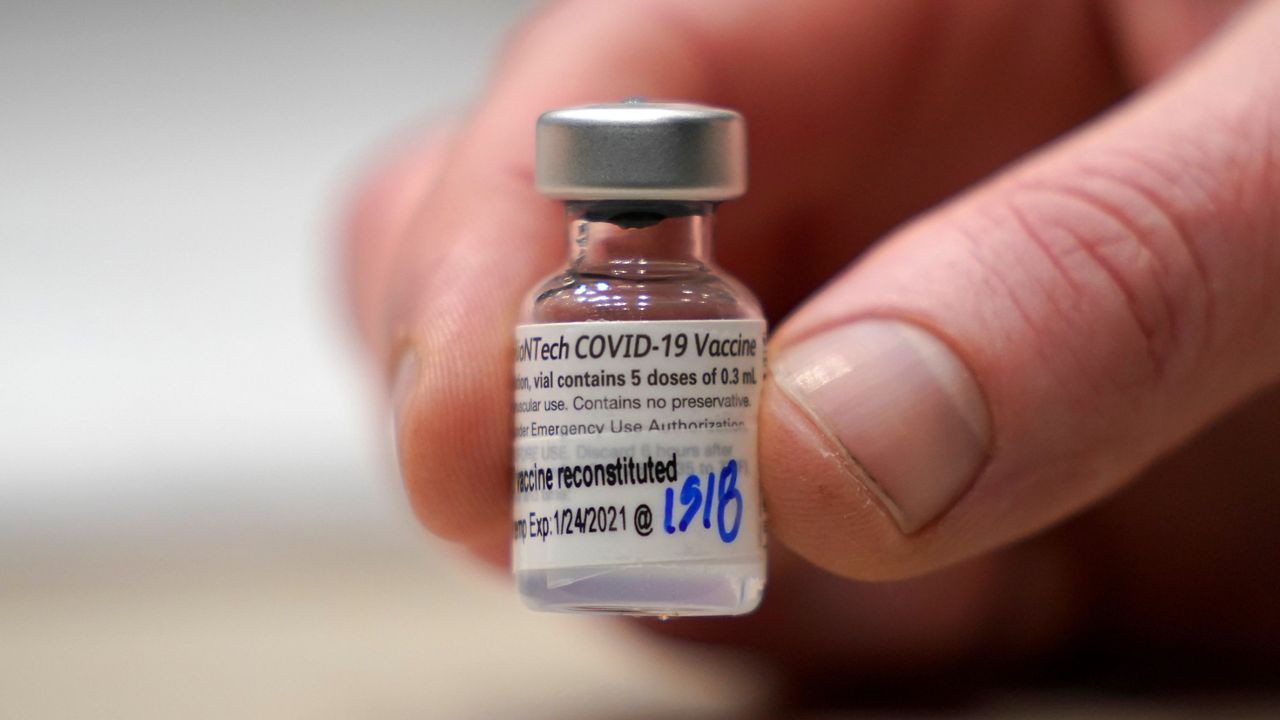After navigating through the maze of signing up for the COVID-19 vaccine, you’ve finally got your appointment for your first dose. But you still have questions. Will it work? Will it hurt? And with two approved vaccines out there and a possible third on the way, will I get a choice?
In most cases, you will not get a choice. Which vaccine you get will be determined by which brand has been distributed by the state to the vaccine hub, pharmacy, or other place of vaccination. In other words, you’re going to get what’s available at the time of your appointment.
At this point, only two vaccines are currently available in the U.S., the Pfizer-BioNTech and Moderna vaccines. Johnson & Johnson, on February 4, submitted to the Food and Drug Administration an application for emergency authorization for what could be a third vaccine available in the U.S. If approved, the Johnson & Johnson one-dose vaccine could be available in early March.
Pfizer and Moderna use similar technology called messenger mRNA, which trains cells to make a protein that will trigger an immune response to the virus. Essentially, the first dose preps your immune system, and the second dose boosts your body’s ability to fight off the virus.
Although the Pfizer and Moderna vaccines are similar in the way they work, you can’t mix and match the doses. In other words, if you get the Pfizer as your first dose, you’ll need to get the Pfizer for your second dose. It’s the same for Moderna.
“The Pfizer-BioNTech and Moderna COVID-19 vaccines are not interchangeable with each other or with other COVID-19 vaccine products,” according to the Centers for Disease Control and Prevention.
“The safety and efficacy of a mixed-product series have not been evaluated,” the CDC said on its website. “Both doses of the series should be completed with the same product.”
In other words, there hasn’t been enough testing to know what happens if a patient mixes the doses. What they do know is that if the vaccines are administered correctly, Pfizer and Moderna vaccines have about a 95% efficacy rate.
You also shouldn’t skip the second dose. A report in the New England Journal of Medicine showed that the Pfizer vaccine was 52% effective after the first dose. Moderna’s documents submitted to the FDA reported an 80.2% effective rate after the first dose.
In most cases, the facility administering the first dose will schedule the second dose in the required time frame. In some places, such as Los Angeles County, health officials announced this week that they will focus on getting the second doses out before administering the first doses to new patients as they wait for more distributions of the two available vaccines.



